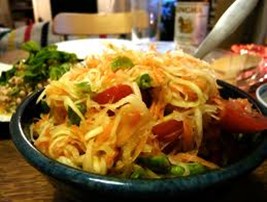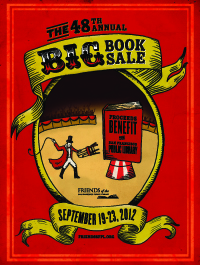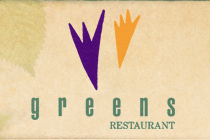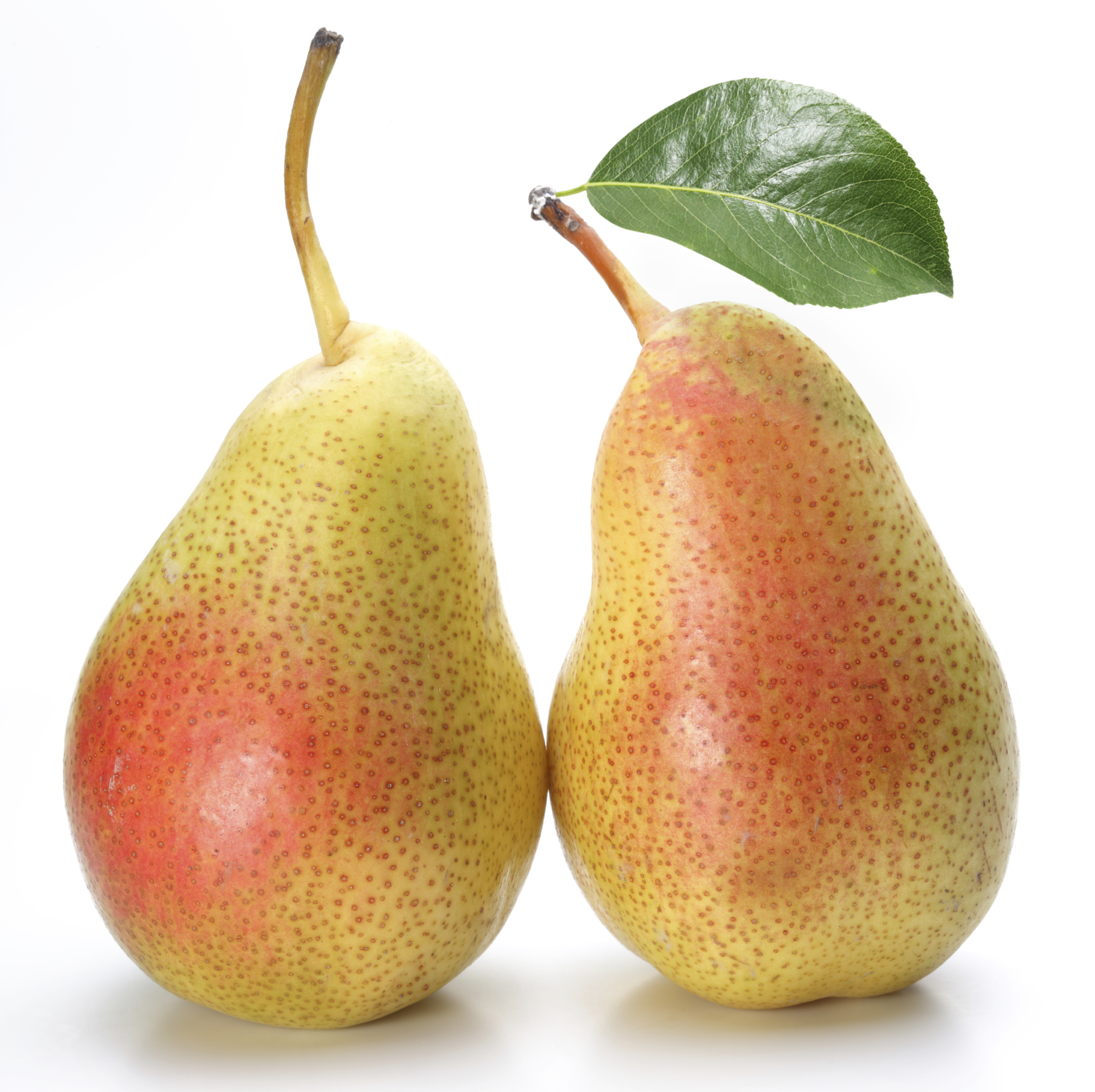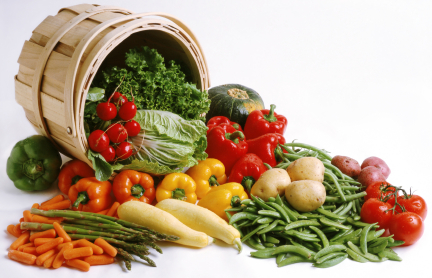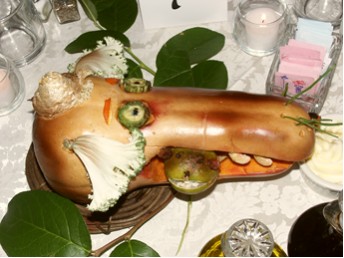A friend treated me to dinner at a restaurant she loves in Santa Rosa, enticing me with praise of all the things the owner was doing to meet the highest standards of health for person and planet. So after my author appearance at the Sonoma County Book Festival, we went to a place called Goji Kitchen. On the menu you can find a wide range of offerings, including meat dishes, but best of all, lots of vegetarian and vegan options. So there was gold star number one – going meatless is the best thing you can do for the planet.
The owner is named Kim Chi (not to be confused with the spicy Korean sauerkraut), who described one unusual and surprising cooking choice. She never uses a microwave, believing that microwaves damage the nutritional qualities of foods heated in them. This decision to forego one of modernity’s handiest inventions is impressive, given the complexities of serving numerous dishes hot over a meal time that might last hours. Instead, she uses a steaming chamber.
Another innovation was something called Nordaq Fresh, a device that purifies water on site to a high standard. Thomas Keller of the French Laundry restaurant uses it, too. I personally couldn’t tell a taste difference, but these days we need all the purity we can get! Kim Chi also spoke knowledgeably about gluten sensitivities, the aflatoxin in peanuts (which is why she uses almonds for a garnish), and more.
So if you’re looking for a restaurant where you can trust that the owner/chef is committed to health of people and planet, here is one in Santa Rosa I recommend that you visit. Goji Kitchen, 1965 Mendocino Avenue, Santa Rosa, 95401 (707) 523 3888.
